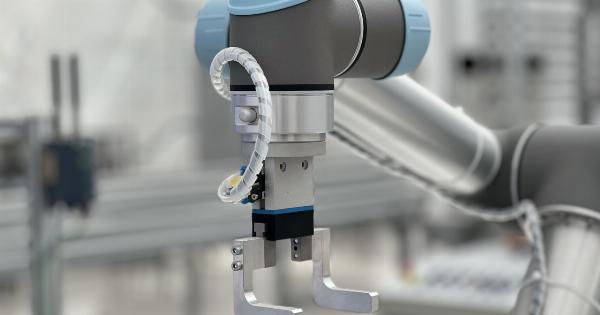Hip replacement surgery is a common procedure aimed at relieving pain and restoring mobility to patients with severe hip damage. The traditional approach involves removing the damaged hip joint and replacing it with a prosthetic device.
While effective, traditional hip replacement surgery is invasive and requires a large incision, long hospital stay, and extended recovery time.
However, with the advent of minimally-invasive surgery, patients can now enjoy faster recovery, shorter hospital stay, and reduced pain and scarring.
What is AMIS?
AMIS (Anterior Minimally-Invasive Surgery) is a revolutionary hip replacement technique that offers numerous advantages over traditional hip replacement surgery.
The procedure involves a minimally invasive incision on the front of the hip, allowing the surgeon to access the hip joint without damaging surrounding muscles and tissues.
Compared to the traditional approach, AMIS has numerous benefits:.
Benefits of AMIS
- Minimally-invasive approach
- Faster recovery time
- Shorter hospital stay
- Reduced pain and scarring
- Increased safety
- Less intra-operative blood loss
- Potential for better long-term outcomes
- Lower risk of dislocation
Due to the numerous benefits of the AMIS approach, the technique is rapidly gaining popularity among patients and surgeons alike.
How Does AMIS Work?
The AMIS technique can be performed under general anesthesia or regional anesthesia. The surgeon makes a small incision on the front of the hip and uses specialized instruments to access the hip joint.
The damaged joint is removed, and the surgeon replaces it with a prosthetic device. The size, shape, and material of the prosthetic device will vary based on the patient’s needs and preferences.
Because AMIS is minimally invasive, the surgeon can avoid damaging surrounding muscles and tissues. This not only reduces postoperative pain, but it also speeds up recovery time since the muscles and tissues can heal quickly.
Who is a Good Candidate for AMIS?
Patients who have severe hip damage due to arthritis, injury, or other conditions may be candidates for AMIS. However, not everyone is a good candidate, and the final decision will be made by the patient’s surgeon after a thorough evaluation.
Typically, good candidates for AMIS include:.
- Patients with hip pain that limits their daily activities
- Patients with joint damage due to arthritis, injury, or other conditions
- Patients who are in good health
- Patients who do not have any underlying conditions that may make surgery risky
Patients who are obese, smoke, or have other medical conditions may not be good candidates for AMIS due to the increased risk of complications.
What to Expect During Recovery
After AMIS surgery, patients typically stay in the hospital for one to two days. During this time, they receive pain medication and physical therapy to help them get up and start moving around.
Most patients can walk with the assistance of crutches or a walker within 24 hours of surgery and can return home within a few days.
However, patients are advised to avoid high-impact activities and heavy lifting for several weeks to allow the hip joint to heal properly.
Following the surgeon’s postoperative instructions is crucial for a successful recovery. Patients should also attend follow-up appointments to monitor their progress and address any concerns or questions.
Risks and Complications
Like any surgical procedure, AMIS carries some risks and possible complications. These include:.
- Bleeding
- Infection
- Joint dislocation
- Fracture
- Nerve damage
- Blood clots
- Prosthetic device failure
However, the risk of complications is low, and most patients experience a successful outcome with minimal side effects.
Conclusion
The AMIS approach to hip replacement surgery is a game-changer in the field of orthopedic surgery.
By offering a minimally-invasive alternative to traditional hip replacement surgery, patients can now enjoy faster recovery, reduced pain, and better long-term outcomes.
If you are experiencing hip pain and are interested in learning more about the AMIS approach, contact a skilled orthopedic surgeon today to schedule a consultation.





























